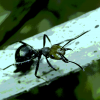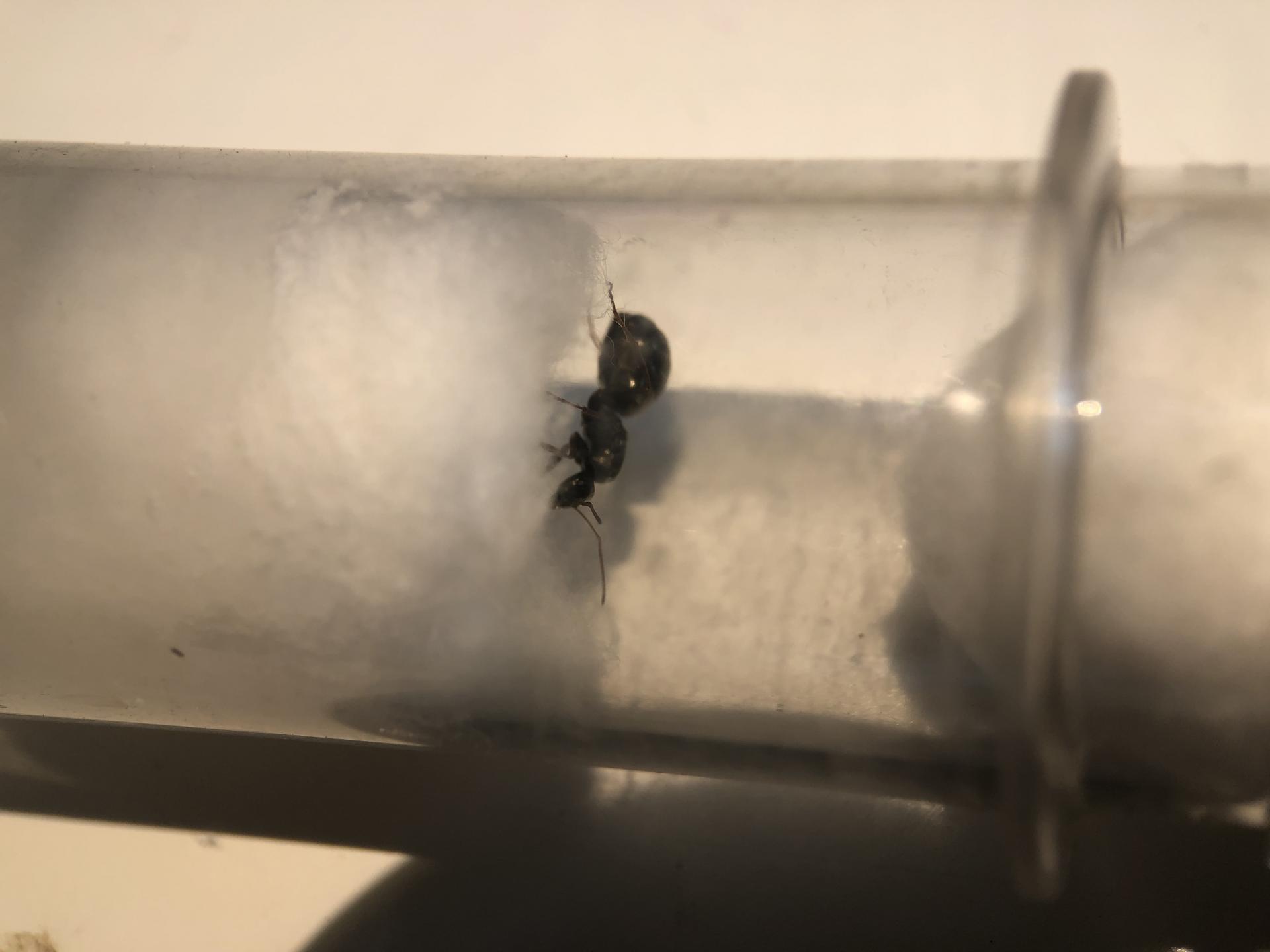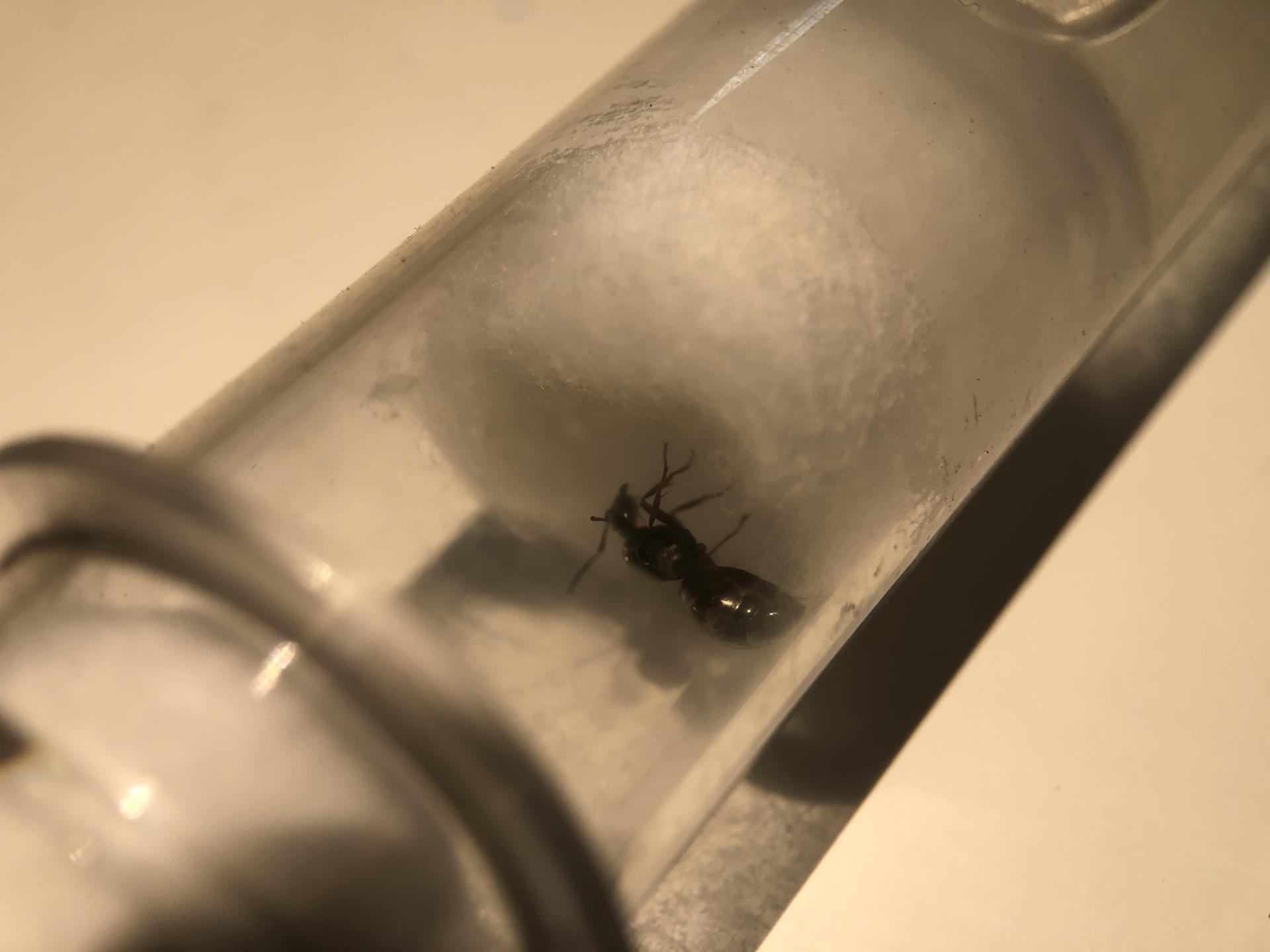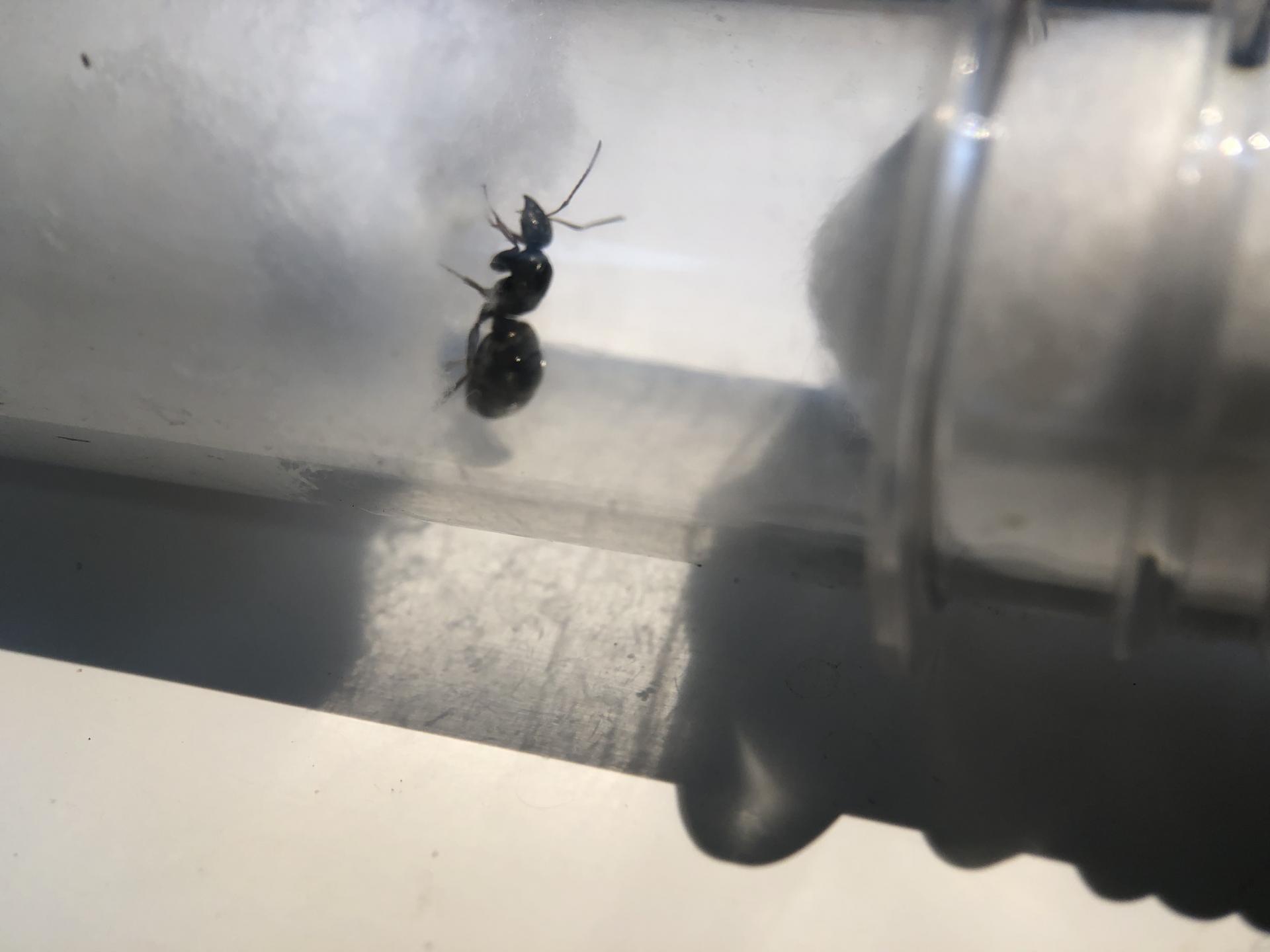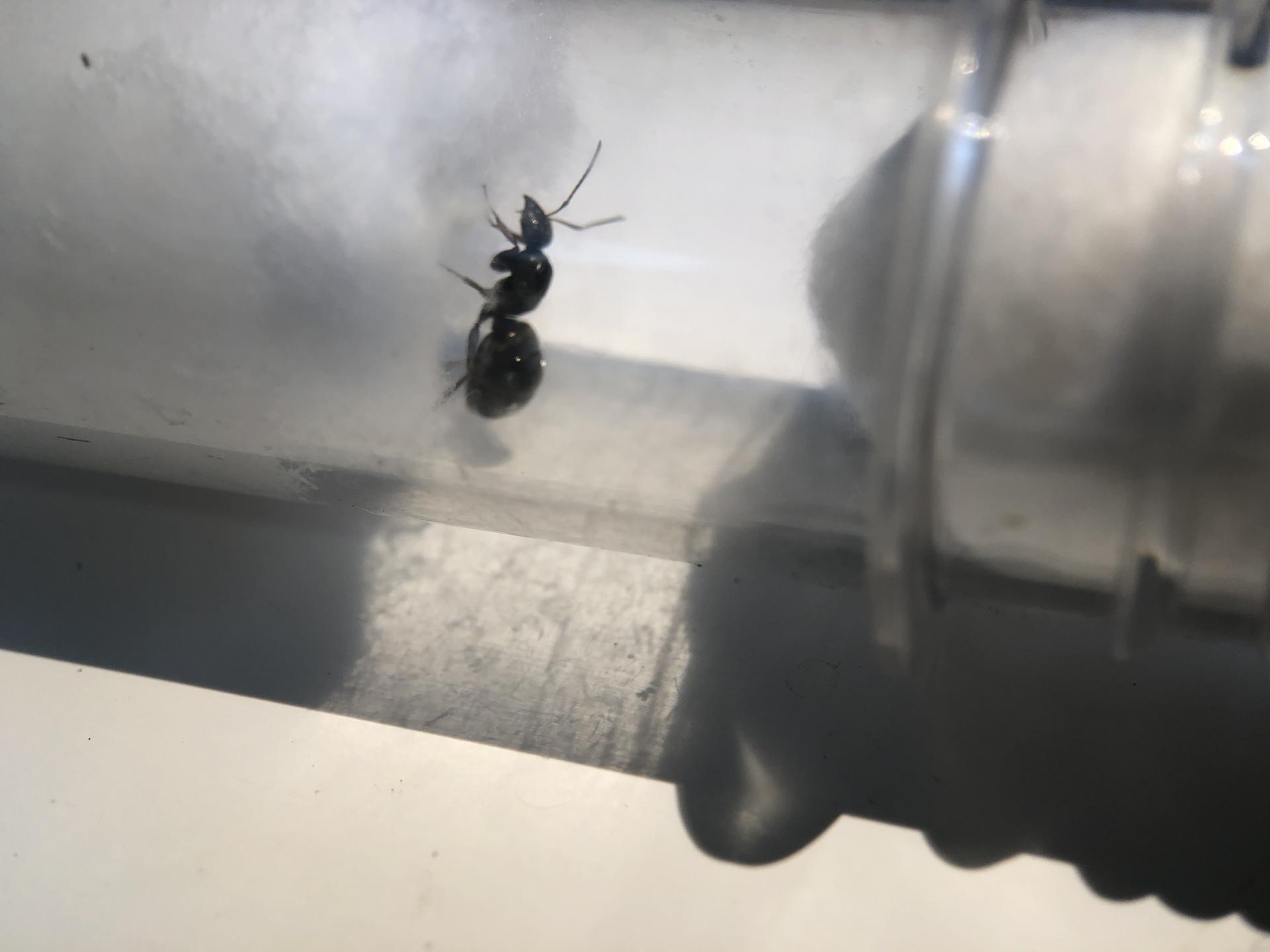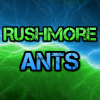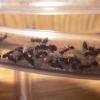Yeah haha that's actually kind of what I thought in terms of identification, as it's so difficult with formica. So in terms of disturbance, just try not to move her too much and whatnot?
any advice would be welcome.
Thanks again guys!
Edited by Stubyvast, August 4 2025 - 6:13 PM.
Manica invidia (1 queen, ~200 workers)
Manica invidia (1 colonies, 1 queens plus 3 workers)
Lasius niger (single queen, ~200 workers - naturalistic, predatory set-up)
Lasius americanus (1 colony, ~10 workers)
Tetramorium immigrans (3 colonies, 3 queens, ~ five workers each | 1 colony, 1 queen, ~1200 workers)
Formica aserva (aserva queen, ~15 Formica neorufibarbis workers)
"And God made...everything that creeps on the ground according to its kind.
And God saw that it was good." - Genesis 1:25

